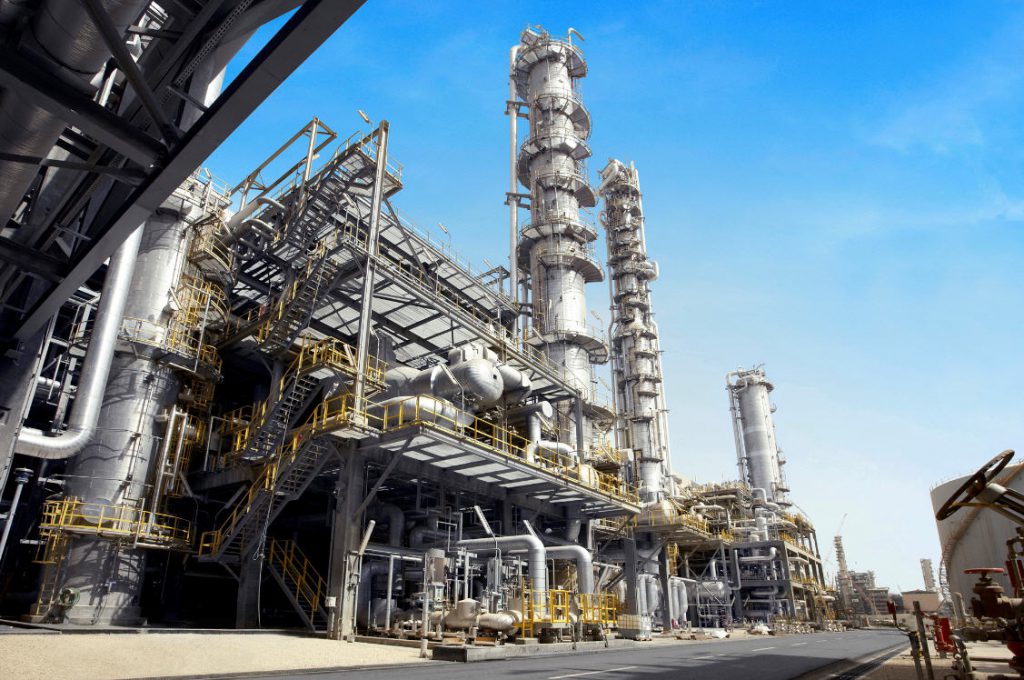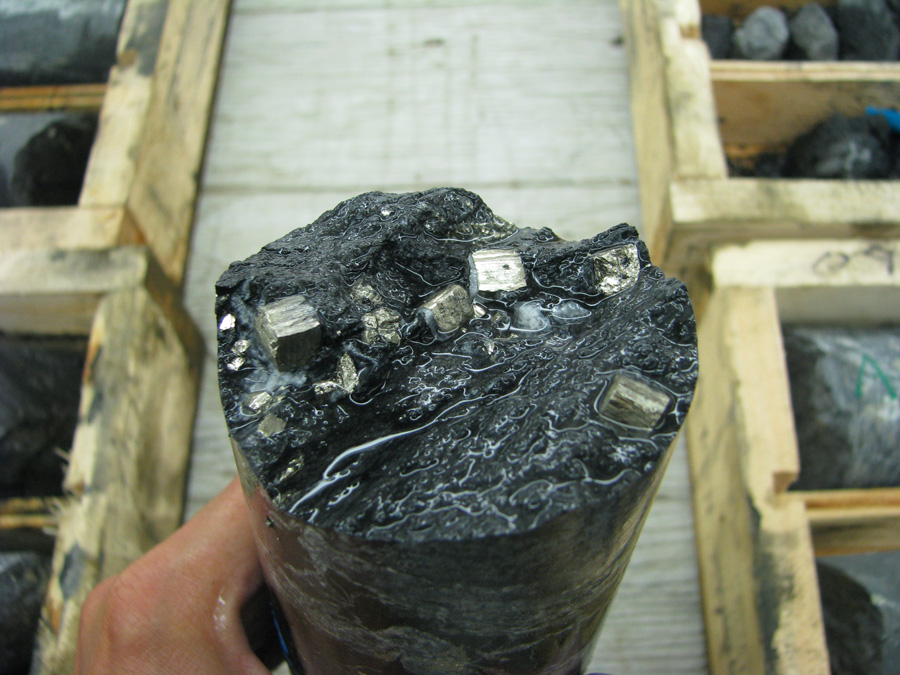The Saudi dilemma: To cut or not to cut

To cut and push up prices or not to cut and preserve market share, this is the question that Saudi Arabia is facing ahead of this year’s December OPEC meeting. It seems like just yesterday when OPEC met in 2016 and decided to cut production by 1.8 million barrels daily, including from Russia, to reverse the free fall of oil prices. At the time, it worked because everyone was desperate. Now, many OPEC members are both desperate while not yet recovered from the 2014 blow. Saudi Arabia is not an exception.
A recent report from Capital Economics said Saudi Arabia has its problems but it could withstand lower oil prices without feeling too much of a pinch. “Even if [Brent] prices fall further to $40-$50 a barrel, immediate balance of payments strains are unlikely to emerge,” the report said, with its authors adding the Kingdom would be able to finance its trade deficit from its foreign exchange reserves “for at least a decade.”
This suggestion is not universally accepted. Reuters’ John Kemp this week offered a different perspective in his regular column on oil, noting Saudi Arabia’s foreign exchange reserves currently stand at US$500 billion, down from nearly US$750 billion in 2014 when the oil prices slumped under the weight of U.S. shale oil. At the same time, Saudi Arabia is in a major push to diversify its revenue streams and has committed a lot of money to it.
It’s a classic rock and a hard place situation for the Saudis.
Also, Kemp wrote, “The kingdom probably needs to keep several hundred billion dollars’ worth of reserve assets on hand to maintain confidence in its fixed exchange-rate peg to the U.S. dollar and prevent a run on the currency.”
It’s a classic rock and a hard place situation for the Saudis. On the one hand, they could continue pumping at the current record rate or close to it, pressuring prices further, which is what they did in 2014. That strategy hurt U.S. shale substantially, but the attempted assault did not go quite as planned. Now, it will once again hurt U.S. shale, but again, it won’t beat the resilience of the US shale patch. That much should have become clear in the past three years.
On the other hand, Saudi Arabia could start cutting, but it will need to convince all other OPEC members to join the cuts and, more importantly, Russia. Reuters earlier today reported, quoting unnamed sources, that Russia had “accepted the need to cut production” and prices immediately jumped, once again highlighting how important the Russia-Saudi Arabia cooperation has become for oil markets, if it even needs highlighting.
For now, it seems like a cut is the more likely outcome. In spite of reservations expressed by Nigeria and Libya, if Saudi Arabia managed to convince everyone to cut amid the major tensions with Iran ahead of the U.S. sanctions, then it could probably convince them again, if only on the grounds that if they don’t start cutting all will suffer.
Kemp agrees. “Saudi Arabia cannot afford another slump in oil prices,” he warns. “It needs to keep revenues high to help its economy climb out of recession and finance ambitious social and economic transformation programs.”
Yet the Kingdom is preparing.
Kpler reported this week loadings of Saudi crude since the start of November had reached new highs of 8.14 million bpd, which was 770,000 bpd more than the average daily loadings rate for October and much higher than the last 2018 high of 7.766 million bpd booked for June. The bulk of the increase comes from China, with shipments in that direction up by more than half a million barrels daily in November from October. Production is also at record highs, like Russia’s was ahead of the first cuts in 2016. Perhaps we are seeing a lesson learned there or perhaps the Kingdom is out of options besides cutting.
(By Irina Slav)
More News
{{ commodity.name }}
{{ post.title }}
{{ post.date }}

Comments